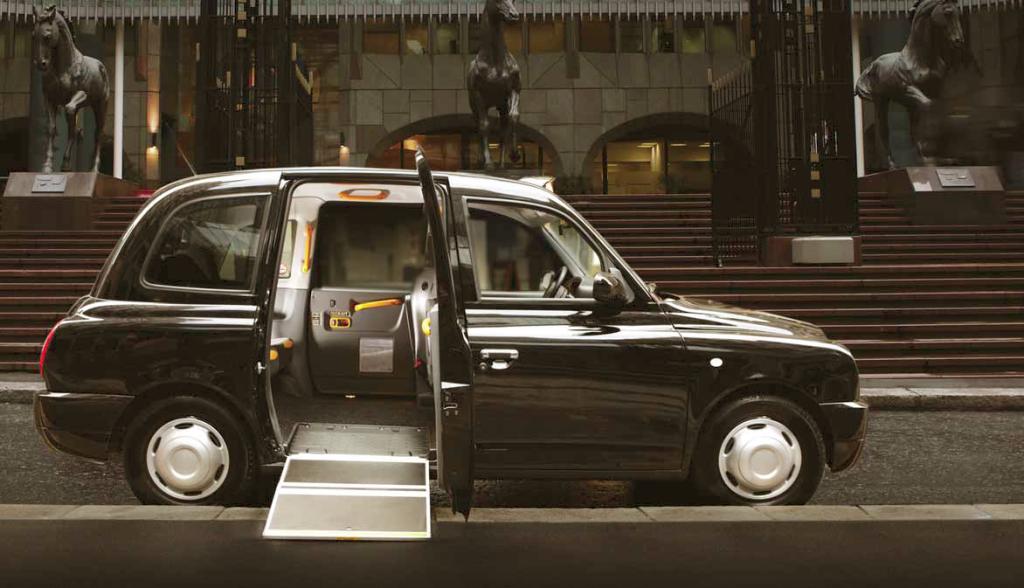Apple Research hands-on: Want to share years of personal data for free?

I’m impressed by Apple’s new Research app for the iPhone and Apple Watch. It’s beautifully designed, ambitious in scope, and so intimately tied into the iOS and watchOS operating systems that it could serve as a singular example of Apple’s “seamless integration of hardware, software, and services.”
But after digging into the Research app, I don’t feel comfortable actually using it, and have mixed feelings about recommending it to others. Each of the first three studies involves a multi-year commitment to giving Apple’s research partners free access to your personal data. The shortest study, focused on hearing health, runs for two years with an optional two-year extension, while the longest — tracking menstruation and other personal details — says it “may last for decades.” A new heart and movement study is expected to run for five years.
I don’t know that I’ll be wearing an Apple Watch five years (or multiple decades) from now. And I don’t know that I want to keep passively feeding personal data to researchers, or actively responding to in-app requests, for even a month, say nothing of years.
The story might be different if researchers gave me an Apple Watch for free or compensated me for its cost over the years of a study. But as much as I want to help advance medical research, the idea of signing up for years of unpaid contributions — to a trillion-dollar company and its well-funded medical partners — doesn’t sit right with me. If you feel otherwise, here’s what you can expect from the Apple Research app experience.

Elegant design for a medical app
Medical apps tend to be as charmless as the clipboard forms at doctors’ offices: functional, rarely elegant, and never beautiful. By contrast, the Research team at Apple clearly thought about the need to convince users to launch and keep using this app, making the wise decision to include clean, compelling visuals wherever possible.
On the iPhone, you see three simple tabs, anchored by attractive graphic design for the central list of Studies. Alongside it are straightforward Tasks and Your Data tabs that let you know what you need to do, plus what you’re sharing with Apple and its health researchers.
Before you actually start signing up for anything, Apple briefs you on what the Research app and its Studies will be doing. To the company’s credit — and I say this with deep appreciation for Apple’s general avoidance of legal documents or signature requirements when first booting up an iPhone, iPad, or Mac — the app is hyper-aggressive in its disclosures, and rightfully so given its content. You learn not only about the app, but about the “Research Ethics Committees” and additional privacy/security precautions used by studies, your privacy rights, and the types of request that will be made of you, down to granting specific permission to be sent multiple Research app notifications.
cannot imagine Google — or most other tech companies — going through the same disclosure process. Moreover, I cannot believe that most companies would follow through on all of the commitments made during the process. We’ll have to see how Apple and its partners do over time.

Once the app-level acceptance is complete, you’ll see a much longer round of disclosures for each Study you want to participate in. The Apple Heart & Movement Study, for instance, tells you all about the study, the partners, and the “Expectations and Requirements” for participation before you even begin the enrollment process. Apple says that you shouldn’t “share your iCloud account, iPhone, or Apple Watch with anyone else to ensure data integrity.” You’ll also be told that the “study will last for at least five years, and you’ll be asked to confirm your participation every two years.”
Assuming you accept that mission, you’ll be told to expect 10 minutes of enrollment steps: filling out a personal profile, signing “a few forms,” and reviewing requests for data access. The process will take considerably less time if you don’t read everything, which includes a brief disclosure of your rights under state law, a lengthy informed consent form, and HIPAA authorization.
Each step requires a signature, and if you pay attention, you’ll note that you “will not be compensated for taking part in this study,” but you also “will not be charged to participate” — except for whatever phone and text messaging costs you incur in communicating with Study Staff, the use of your cellular data plan to share data, and the undiscussed cost of your Apple devices.
Wow. Some research studies give participants access to free prototype medicines or procedures, or at least a little compensation just for showing up. Apple’s studies don’t even cover the ancillary costs of participation.










Related Posts